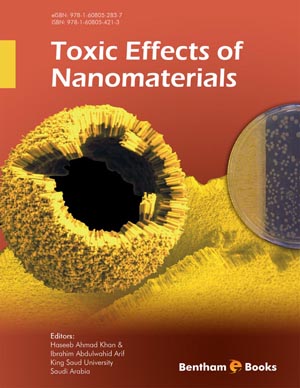Abstract
Advances in engineering nanostructures with exquisite control of size and shape, their unique properties and broad applications (e.g., probes in ultrasensitive molecular sensing and diagnostic imaging, agents for photodynamic therapy and actuators for drug delivery, triggers for photothermal treatment, and precursors for building solar cells, electronics and light emitting diodes) have made nanotechnology an exciting research area. As the field moves from academic findings to industrial products, concerns have surfaced on the subject of the toxicity of nanostructures. Therefore, it is indispensable to embark on liable development of nanotechnology to develop and use these nanomaterials to meet human and societal needs while making every effort to foresee and alleviate their adverse effects, and unintended consequences. Currently, a complete understanding of the size, shape, composition, and aggregation dependent interactions of nanostructures with biological systems is lacking and thus it is unclear whether the exposure of humans, animals, insects and plants to engineered nanomaterials could produce harmful biological responses. Hence, a new sub-discipline of nanotechnology called nanotoxicology has emerged. There is a keen interest in nanotoxicology research since the processing of nanostructures in biological systems could lead to unpredictable effects. This uncertainty, in combination with the absence of a complete current understanding of the interactions of as-designed nanostructures with biological systems has led to many questions raised by the regulatory agencies and general public to nanotechnology-based products. The focus of this chapter is to update the reader knowledge on the design, synthesis, characterization and in-vitro and in-vivo activities of these nanostructures and define a link between these studies and a better toxicological understanding of nanostructures.
Keywords: Fullerene, Carbon nanotubes, Metals nanoparticles, Metal oxides nanoparticles, Metal alloy nanoparticles, Synthesis, Characterization techniques, Toxicity, In vivo toxicity, In vitro toxicity.




















